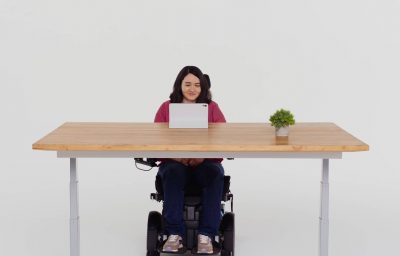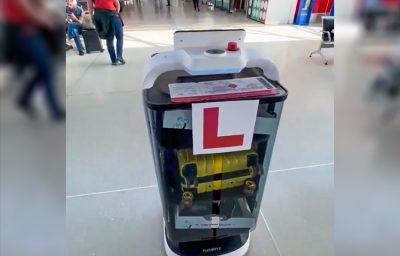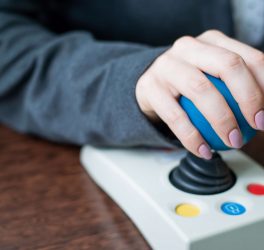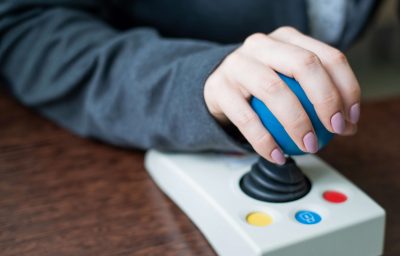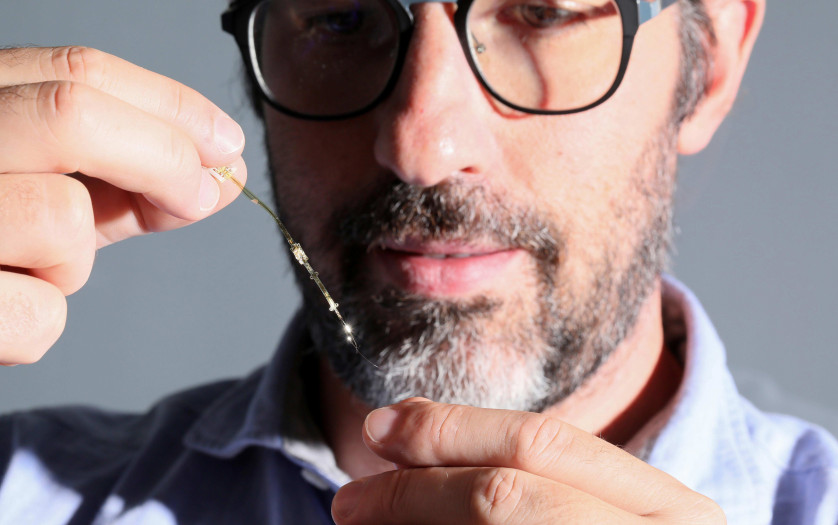
Scientists from EPFL in Switzerland and Scuola Superiore Sant’Anna in Italy are developing technology for the blind that bypasses the eyeball entirely and sends messages to the brain. They do this by stimulating the optic nerve with a new type of intraneural electrode called OpticSELINE.
“We believe that intraneural stimulation can be a valuable solution for several neuroprosthetic devices for sensory and motor function restoration. The translational potentials of this approach are indeed extremely promising”, explains Silvestro Micera, EPFL’s Bertarelli Foundation Chair in Translational Neuroengineering, and Professor of Bioelectronics at Scuola Superiore Sant’Anna, who continues to innovate in hand prosthetics for amputees using intraneural electrodes.
Blindness affects an estimated 39 million people in the world. Many factors can induce blindness, like genetics, retinal detachment, trauma, stroke in the visual cortex, glaucoma, cataract, inflammation or infection. Some blindness is temporary and can be treated medically. How do you help someone who is permanently blind?
The new technology has been successfully tested in rabbits, they report their results in Nature Biomedical Engineering, and scientists are hopeful that it will bring similar results in humans as well. One of the key advantages of this approach is that it can be used on a much larger range of people.


